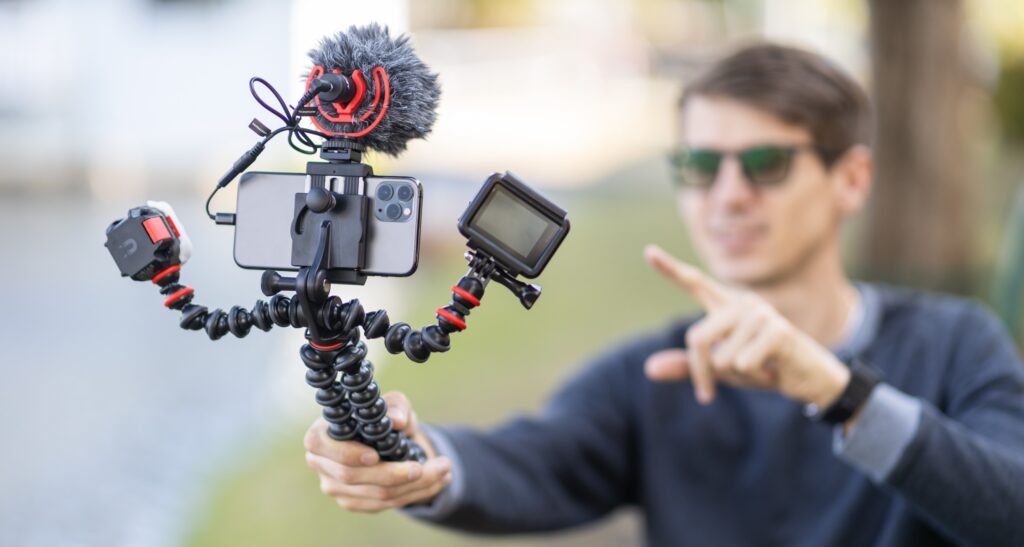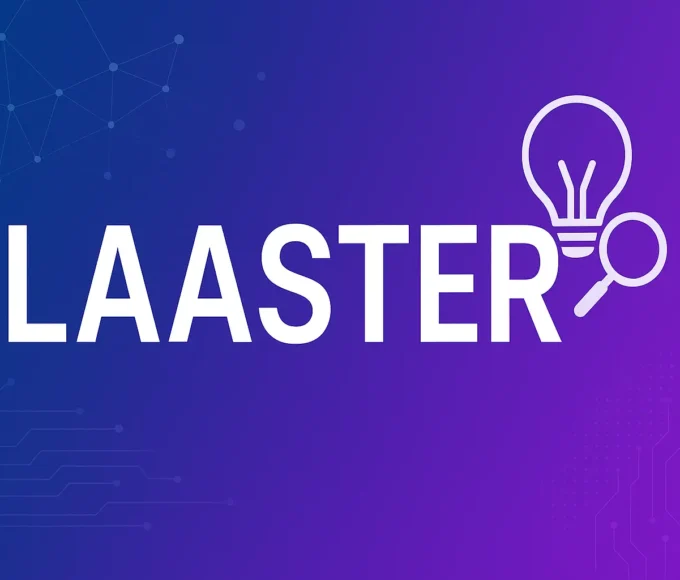Vlogging – videos created by people who want to talk about their hobbies or interests online – abound on platforms like YouTube. It’s a perfect way to express yourself if you have anything to say and enjoy speaking in front of an audience – and it can also help you develop your English language speaking skills. Running a vlog in English will improve your fluency and help you prepare for Cambridge English Qualifications like the B2 First or C1 Advanced. Here’s how to make the most of your vlogging experience…
Share your excitement

It’s useless to stand in front of the camera and expect to say something important. Choose a topic that interests you – maybe you have a lot to say about the news, current affairs, or sports? Or maybe you’d rather talk about your own personal experiences, such as travelling or learning a language? You might give a demonstration about how to do something you’re good at, like playing a song or taking pictures. If you’re lost for ideas, take a look at what other people are talking about on YouTube. It’s possible that it’ll ignite some ideas. If you are planning to start vlogging on phone, make sure you are using the phone stand to record high quality videos.
Take the time to study your subject, even if you are familiar with it. This will not only help you become more experienced and confident in front of the camera, but it will also assist you in learning new vocabulary and idioms. This is a fantastic way to study for the Cambridge English exam’s Reading and Use of English parts – and it’s free!
Running a vlog in English will improve your fluency and help you prepare for Cambridge English Qualifications like the B2 First or C1 Advanced. Moreover, you can take online English classes to speak with a qualified English tutor to enhance your verbal skills.
Developing self-assurance
When vlogging, it’s crucial to sound calm and normal. It will take some time to get used to, but don’t worry – it will get easier as you practise. Instead of trying to remember what you’re going to say, make a list of ideas that you can refer to as needed. Know your facts and thoughts before speaking to the camera as if you were speaking to a neighbour.
Remember that in the Speaking section of your tests, you will be required to speak for one minute alone. At first, a minute can seem like an eternity. This form of practise is a great way to boost your morale while also improving your fluency.
Investigating the topic
Create a five-minute video that is both insightful and entertaining. Don’t try to cover too many different topics; videos with focused stories are more engaging. While five minutes might not seem like much, it is enough time to delve into the details of one or two topics. When you practise and present, you will be able to use more words and develop your language skills by describing your thoughts in detail. For part 4 of B2 First or C1 Advanced, it’s critical to practise giving your opinions.
Remember that the examiners are only interested in your vocabulary, not your views, so practise offering your thoughts on a variety of subjects that you are interested in or hear about.
Getting to know your target market
Most vlogs are captured first and then posted to the Internet, but others are filmed live and streamed to viewers directly on platforms like Instagram and Facebook Live.
People who watch your videos will send you feedback and suggestions, whether you record it or do it live. This means you can have a real English conversation and maybe make some foreign friends! In the YouTube or Facebook comment sections, you will answer your viewers’ questions.
Visit: Naruto Filler List








Leave a comment